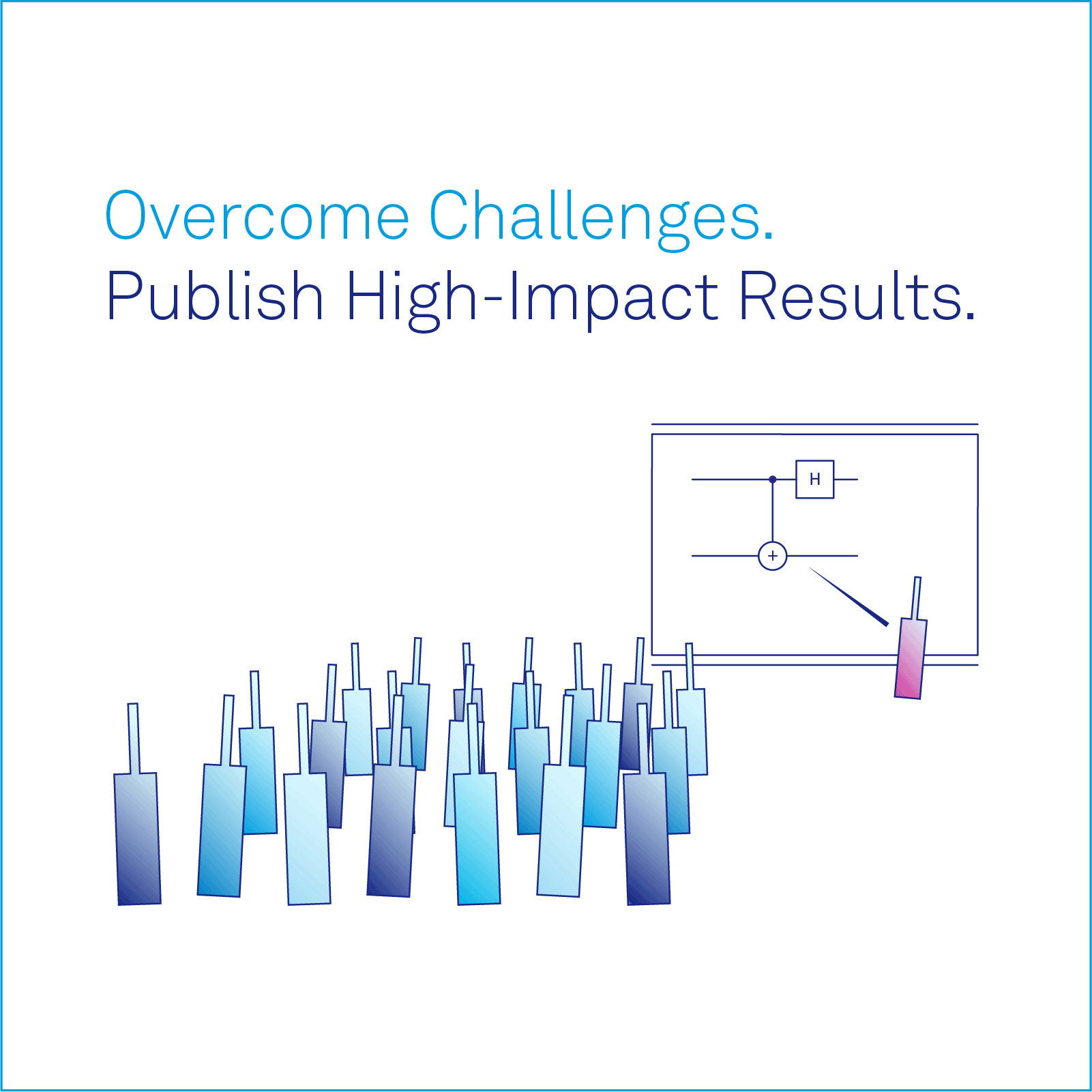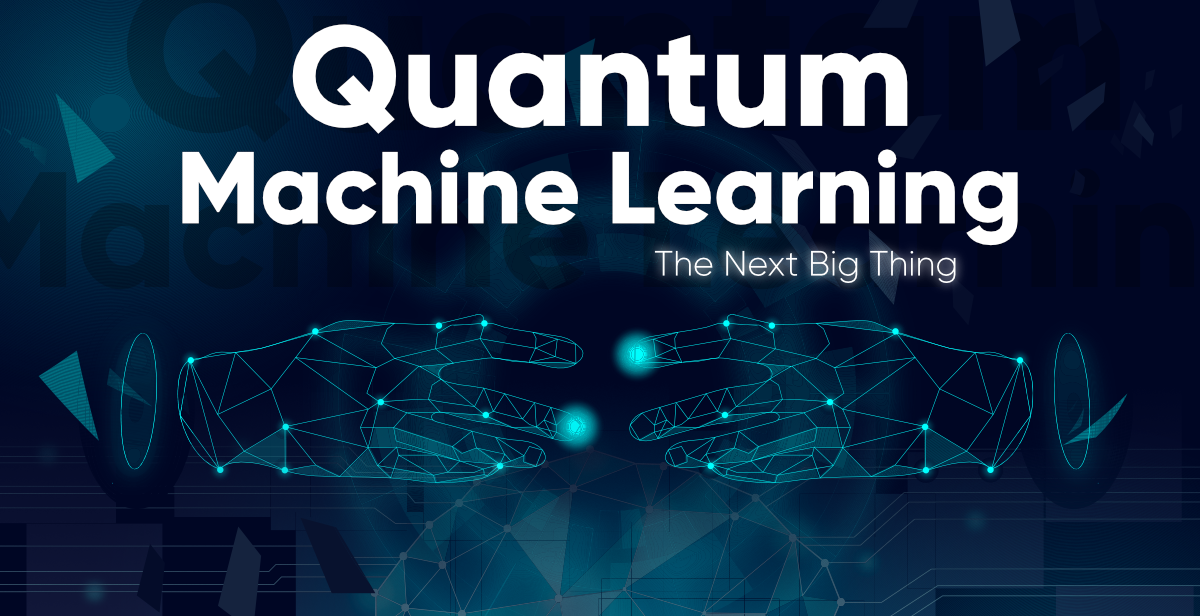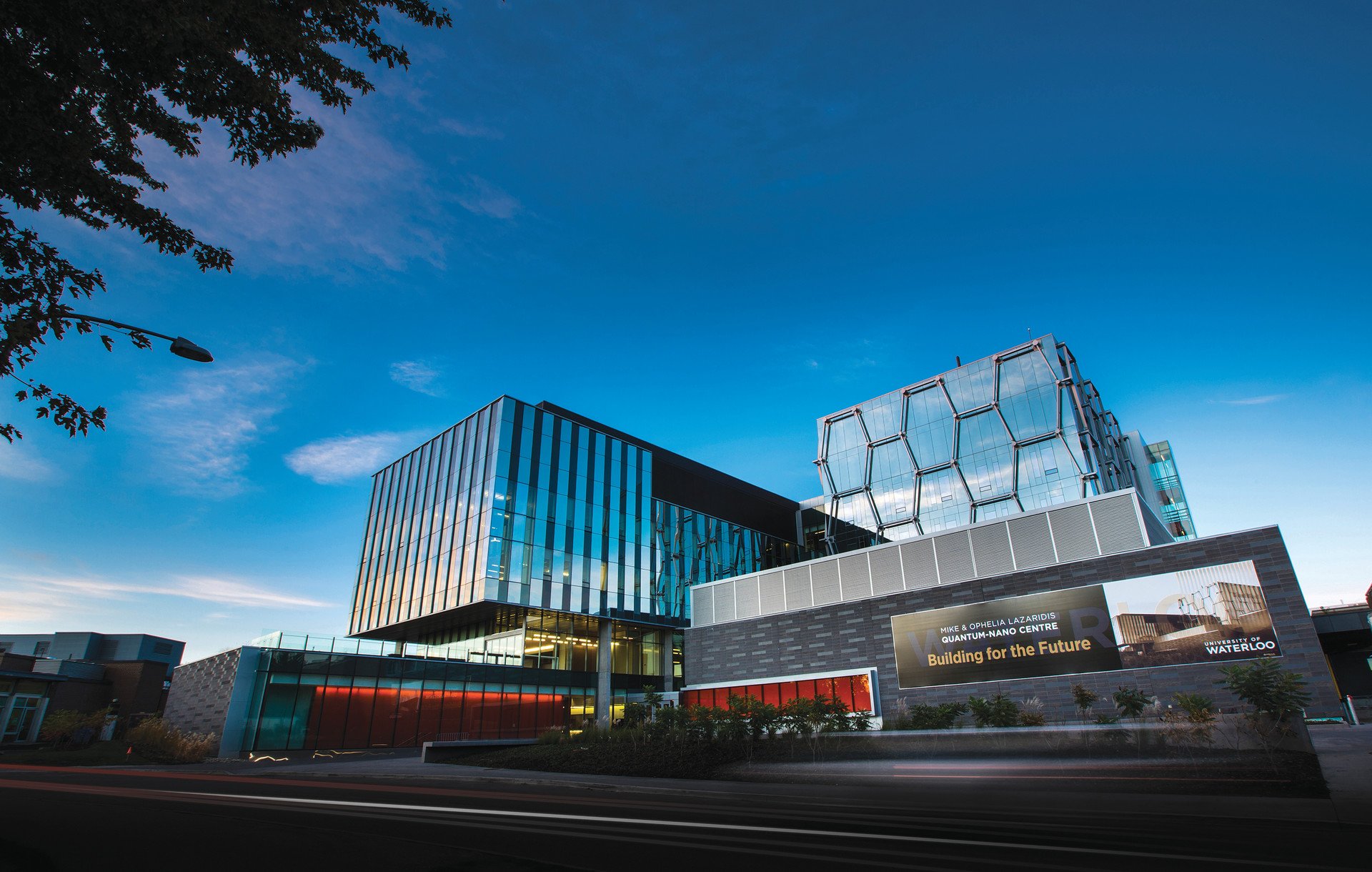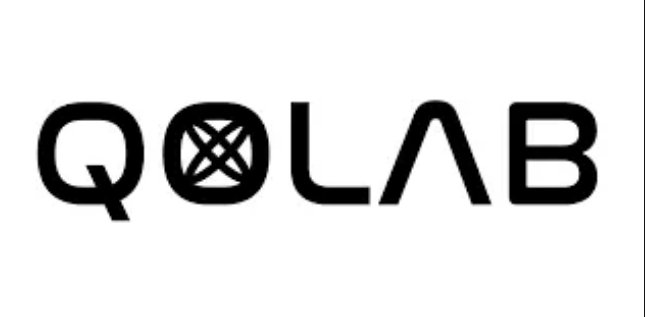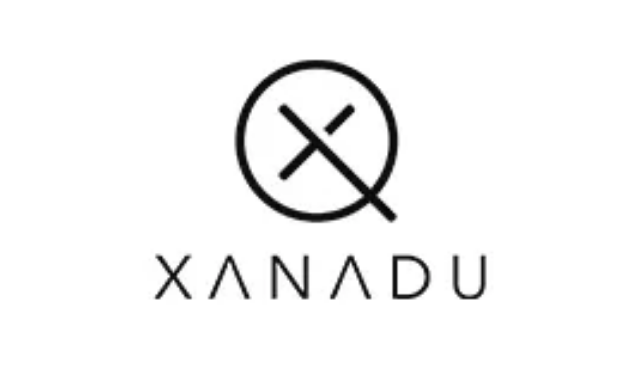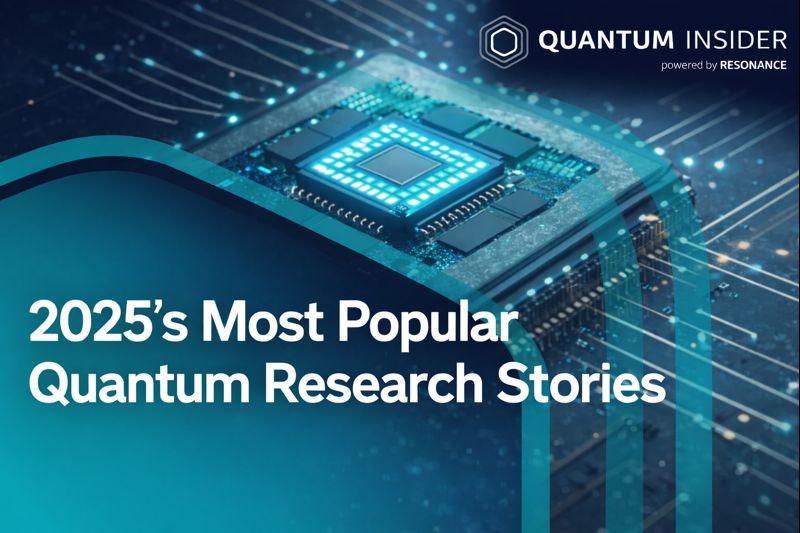Guest Post by Yuval Boger, Chief Commercial Officer, QuEra Computing
Quantum error correction (QEC) is an essential discipline in quantum computing, aimed at safeguarding quantum information from the inherent errors that arise during computation. As quantum systems are highly susceptible to noise and decoherence, effective QEC techniques are crucial for realizing scalable and reliable quantum computing technologies. In 2024, we have witnessed a pivotal shift in focus—from merely counting physical qubits to implementing and enhancing an increasing number of logical qubits. What was achieved in 2024 and what can we expect in 2025?
Historical context
In the 1990s, pioneers like Peter Shor, Andrew Steane and Daniel Gottesman laid the foundation for quantum error correction by adapting classical error-correcting principles to the quantum realm. Shor’s landmark code, introduced in 1995, demonstrated how to encode a single quantum bit across multiple physical qubits so that bit-flip and phase-flip errors could be corrected without collapsing the quantum state.

At the heart of QEC is the challenge of achieving fault tolerance—ensuring that quantum computations remain reliable even in the presence of errors in any component of the system. Fault tolerance relies on the threshold theorem, which states that errors can be corrected effectively as long as the error rate remains below a certain threshold. This principle underpins the ongoing development of QEC strategies designed to detect and correct errors faster than they can accumulate.
Key parameters for comparing different QEC codes
Different QEC codes have unique characteristics that influence their effectiveness and practicality in various quantum hardware architectures. The key parameters used to compare them include:
· Code Distance (d): Represents the robustness of a quantum error-correcting code by measuring the minimum number of physical qubit errors required to corrupt a logical qubit. For example, a code with d=3 can correct a single error, d=7 can correct three errors, whereas d=2 can detect a single error but not correct it.
· Qubit Overhead: The number of physical qubits required to encode a single logical qubit.
· Connectivity Requirement: Whether a code requires only local (nearest-neighbor) or long-range interactions among qubits, as well as the qubit degree needed—i.e., the number of connections each qubit must maintain.
· Threshold Error Rate: The physical error rate below which logical errors can be exponentially suppressed by increasing the code distance.
· Accessible Logical Gates: How easily fault-tolerant logical gates (including non-Clifford gates) can be implemented.
· Measurement and Decoding Complexity: The number of syndrome measurements and the amount of classical computation required to decode errors in real time.
2024: The dawn of the logical qubit era
Several commercial and academic groups have demonstrated impressive results in quantum error correction. Some of the key publications include:
Advances in Surface Code and Logical Qubit Operations
A Harvard-led publication, “Logical quantum processor based on reconfigurable atom arrays“ (here) intensified the focus on logical qubits. It demonstrated improvement of surface code two-qubit logic gates by scaling the code distance from d=3 to d=7, fault-tolerantly prepare logical GHZ states, and realized computationally complex sampling circuits with up to 48 logical qubits. This research showcases some unique features for neutral-atom computers such as reconfigurable connectivity and parallel multi-qubit operations.
Google published “Quantum error correction below the surface code threshold” (here) that describes their new superconducting Willow chip. Google demonstrated a below-threshold error-correction scheme on Willow. Their physical error rates are now low enough that adding more qubits for QEC lowers the logical error rate, rather than amplifying errors. This is a key milestone in QEC.
Fault Tolerance Innovations in Various Qubit Modalities
IBM published “High-threshold and low-overhead fault-tolerant quantum memory” (here) which presented the Gross Code for superconducting qubits, with simulations suggesting that 12 logical qubits could be preserved for nearly one million syndrome cycles using 288 physical qubits in total, assuming a physical error rate of 0.1%.
Microsoft and Quantinuum published “Demonstration of quantum computation and error correction with a tesseract code” (here) on Quantinuum’s 56-qubit trapped ion computer. They demonstrated 12 logical qubits with an error rate of 0.0011, which is 22 times better than the corresponding physical qubits’ circuit error rate of 0.024.
Separately, Microsoft and Atom Computing published “Logical computation demonstrated with a neutral atom quantum processor” (here) that demonstrated 24 and 28 logical qubits on a neutral-atom computer.
AWS and others published “Hardware-efficient quantum error correction using concatenated bosonic qubits” (here) that realized a logical qubit formed from the concatenation of encoded bosonic cat qubits with an outer repetition code of distance d=5.
Algorithmic Fault Tolerance and Magic State Distillation
A QuEra-led paper, “Algorithmic fault tolerance for fast quantum computing” (here) shows a new fault tolerance strategy, transversal algorithmic fault tolerance, which achieves a 10-100x reduction in the time overhead of QEC by considering the complete algorithmic context in decoding, building on top of a Harvard-led paper Correlated decoding of logical algorithms with transversal gates” (here). This contrasts with conventional QEC methods that require repeated syndrome extraction for each logical operation, which result in a logical clock speed that significantly slower (often 30x in relevant regimes) than the physical clock speed.
A QuEra-led team published “Experimental Demonstration of Logical Magic State Distillation” (here) achieving a key milestone for large-scale quantum computing: logical magic state distillation (MSD). Magic state distillation is a foundational building block for large-scale quantum computers. Stabilizer states and Clifford operations are often easy to implement on an error-corrected quantum computer. However, such states can also be efficiently simulated classically, and do not suffice for universal quantum computation. This is where magic states come in. “Magic”, which describes how far away a quantum state is from a stabilizer state. Magic state distillation prepares high-fidelity magic resource states by refining multiple lower-fidelity ones. This work demonstrated logical-level MSD using 2D color codes for d=3 and d=5 codes.
Specialized Techniques and High-Fidelity Operations
Quantinuum had several papers of note such as “High-fidelity teleportation of a logical qubit using transversal gates and lattice surgery” (here) and “Benchmarking logical three-qubit quantum Fourier transform encoded in the Steane code on a trapped-ion quantum computer” (here).
Beyond Quantum Computer Vendors
QEC isn’t just a quantum challenge—it heavily relies on high-performance classical computing to detect, decode, and correct errors in real time.
One approach to do this is using FPGAs or ASICs. For instance, see Yale’s “FPGA-based Distributed Union-Find Decoder for Surface Codes” (here) or “Demonstrating real-time and low-latency quantum error correction with superconducting qubits” (here) from Riverlane and co-authors.
Alternatively, some believe that GPUs are more appropriate at this stage, since they offer high-performance parallel processing and flexibility.
Emerging Directions and Strategies
Despite these advancements, the field faces significant challenges, particularly in scaling up the number of physical qubits needed to represent logical qubits, a process that can lead to increased resource demands and complications in maintaining coherence. Moreover, achieving target logical error rates remains a critical hurdle, as researchers strive for rates as low as 1 in a million to facilitate practical quantum applications. Looking ahead, several directions are expected to be explored in 2025:
Exploration of Logical Algorithms: Rather than focusing solely on code construction, researchers are now implementing logical algorithms on real hardware. This allows for empirical insights—improving decoders, refining fault-tolerant gate designs, and exploiting noise characteristics. Early results suggest that gates performed transversally, especially on reconfigurable platforms like neutral atoms, can markedly boost algorithmic performance.
A Plethora of Codes: Surface codes remain a mainstay for their high threshold (~1%), but alternatives like color codes, and high-rate qLDPC codes are gaining traction for their potentially lower overhead or simpler logical gate implementations. As hardware diversity expands—superconducting qubits, trapped ions, neutral atoms, photonics—different codes will likely find specialized niches.
Noise Tailoring: Not all errors are created equal. Practical QEC can benefit from modeling specific error channels—bias, erasure, or photon loss, among others—to tailor correction strategies. Hardware that tracks these different noise processes can feed that information back into decoders, improving logical fidelity.
Machine Learning in QEC: See “Artificial Intelligence for Quantum Error Correction: A Comprehensive Review“ (here) for a comprehensive review of AI for QEC. Machine learning techniques are being used to accelerate decoding algorithms, optimize stabilizer measurements, and adapt QEC strategies in real time. This could prove invaluable for managing large qubit arrays where manual tuning is impractical.
A New Era for QEC
Where once QEC was viewed as a distant challenge, it is now the field’s most active frontier. The transition from experimental demonstrations to truly scalable, fault-tolerant quantum computation appears increasingly feasible. As the number and quality of logical qubits improves, we edge closer to the goal of harnessing quantum technologies for real-world applications
Acknowledgement: Harry Zhou, Quantum Error Correction Architecture Lead at QuEra Computing, provided very helpful comments and suggestions on this article.





